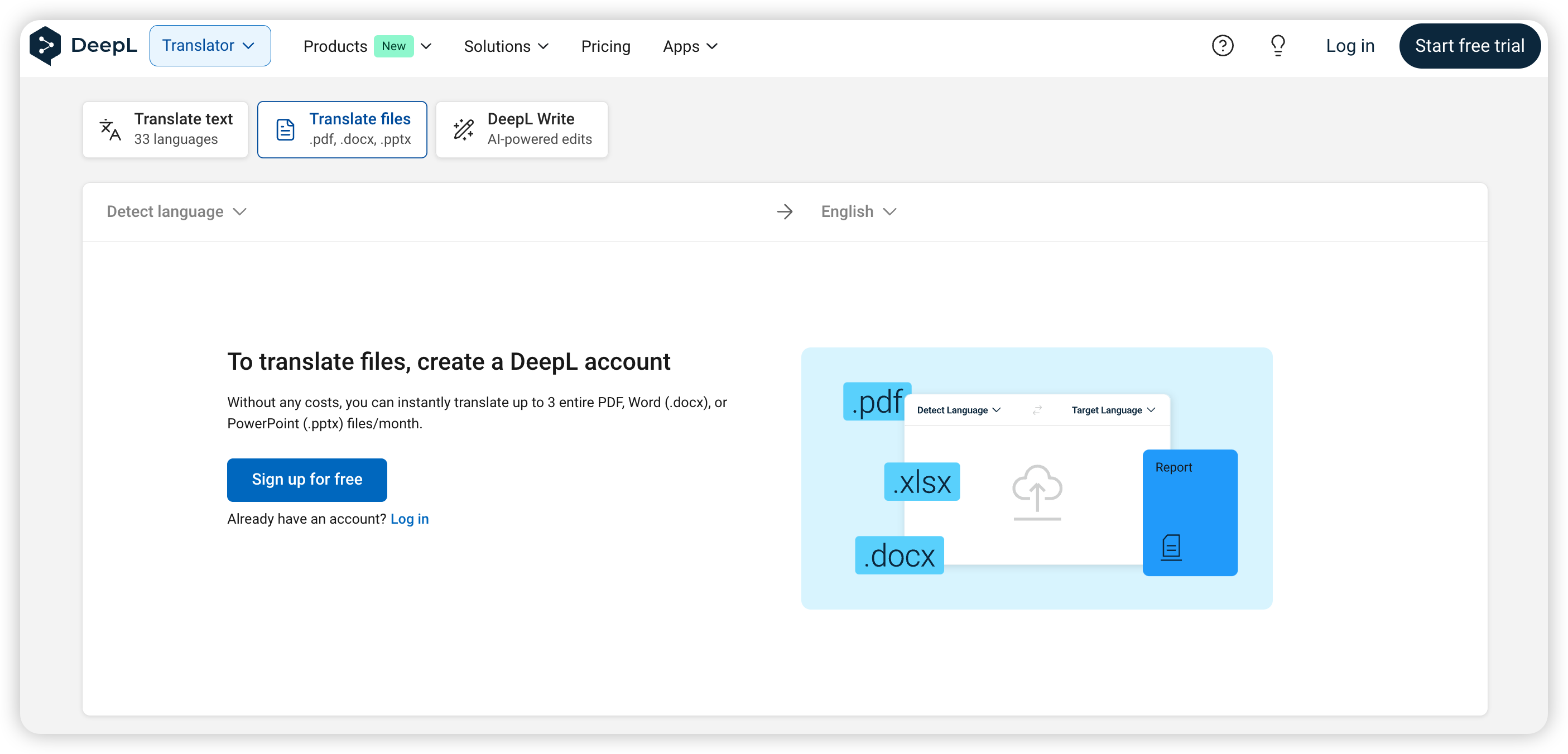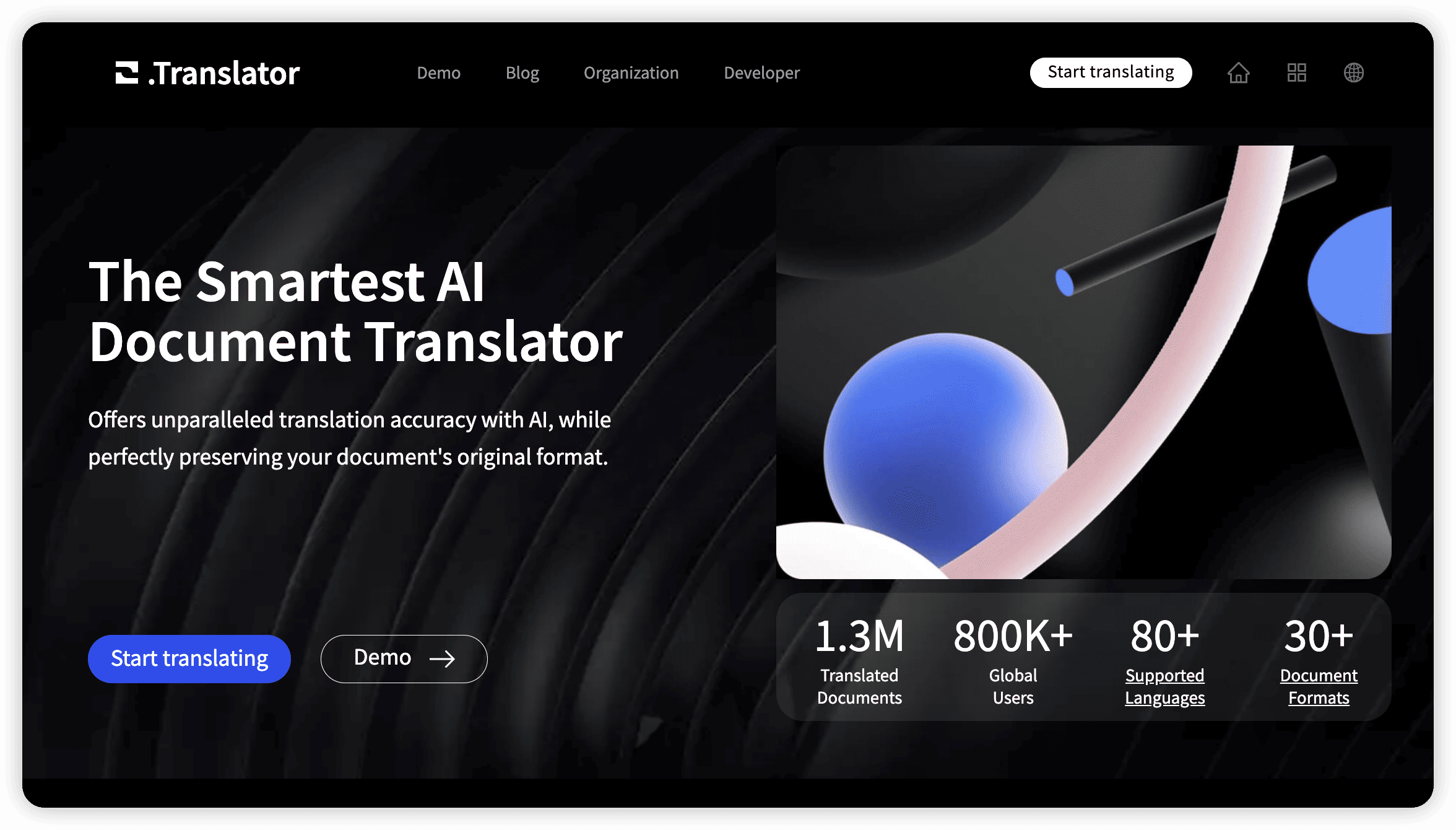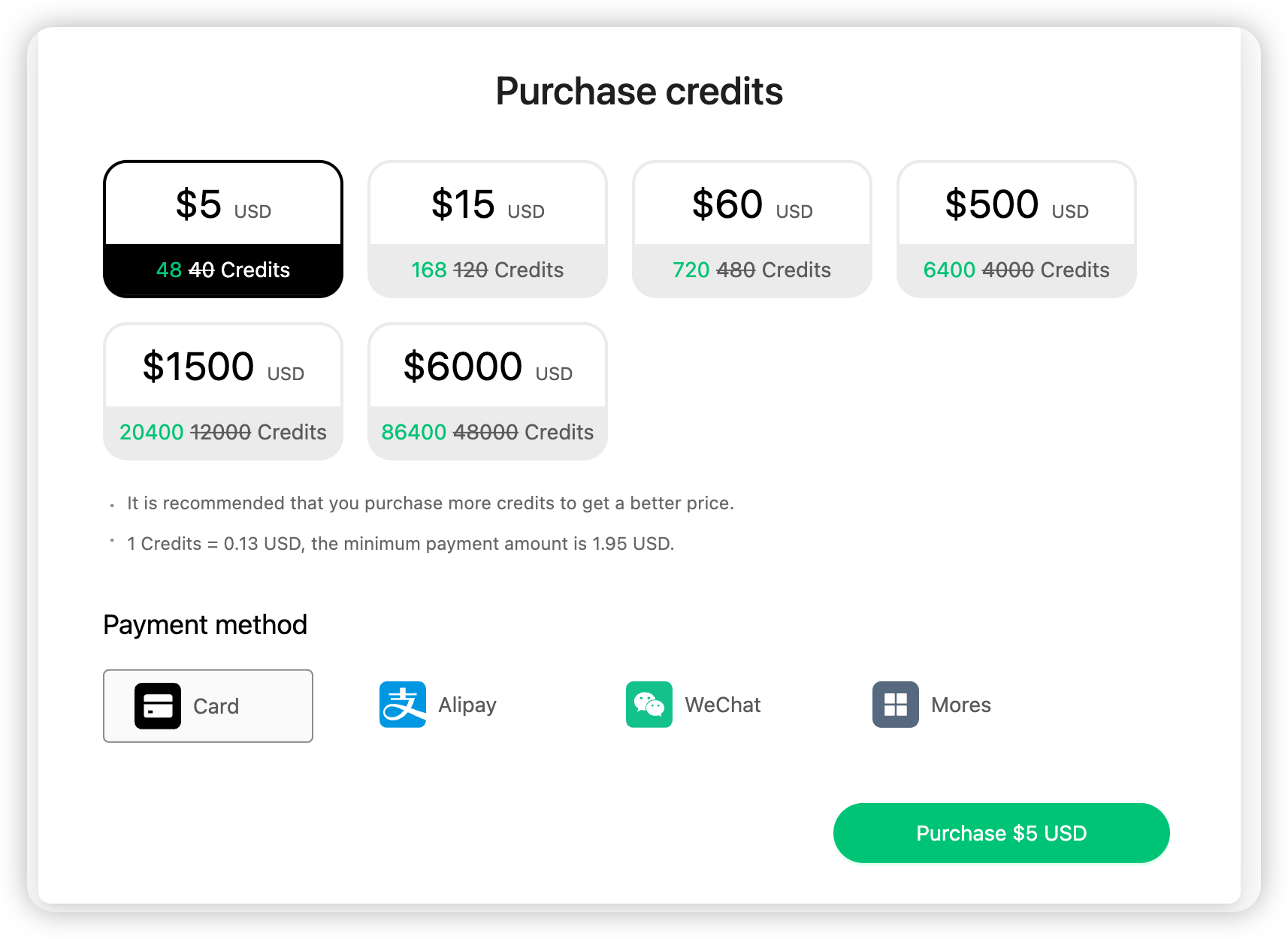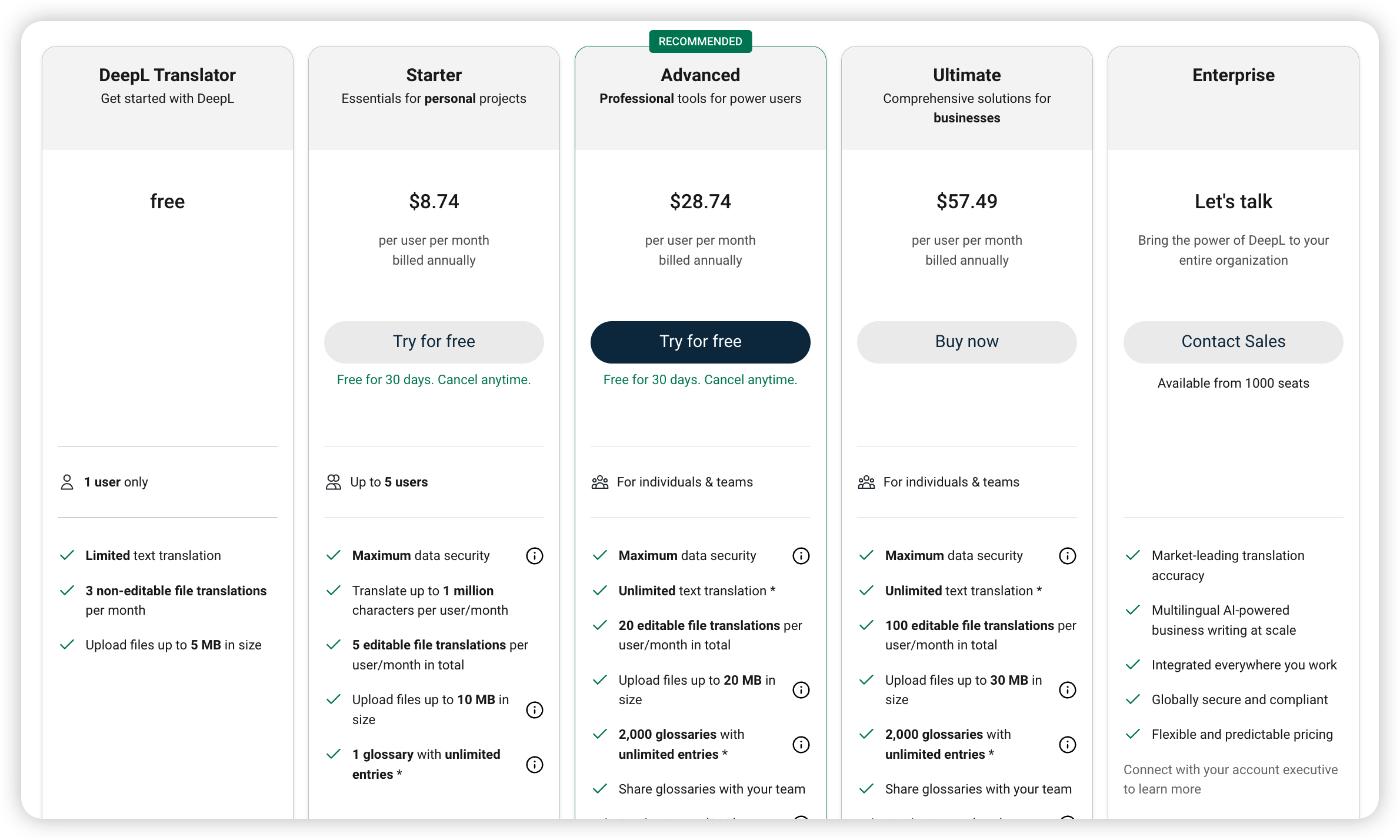Translation Trends for 2025: Alternative to DeepL
Yee
Jan 16, 2025

In 2025, accurate translation is no longer a problem
Introduction
By 2025, the translation industry has experienced a new wave of technological innovation. DeepL, known for its exceptional translation accuracy and user-friendly interface, has maintained its position as a market leader, holding a significant share in the translation market. However, with the rapid advancement of artificial intelligence technology, numerous strong competitors have emerged in the field of translation tools. These emerging AI translation tools not only continuously improve in translation quality and efficiency but also receive user praise for their innovation and diversity.
Among them, Otranslator has gained attention for its powerful document processing capabilities. It not only enhances the accuracy of document translation but also provides users with greater flexibility and convenience. This transformation is driving a comprehensive upgrade in document translation, while also presenting DeepL with unprecedented competitive challenges.
In 2025, accurate translation is no longer a problem
DeepL
Founded in 2017, DeepL quickly became renowned for its high-precision translations using its independently developed neural network technology.
Since 2017, DeepL has continuously expanded its supported language pairs and optimized its translation algorithms. Additionally, it has developed an adaptive language model that provides more nuanced translation results.
To improve translation quality in specific professional fields, DeepL has conducted targeted optimizations in the legal, financial, technical, and medical domains, making its translation results more precise in terms of terminology accuracy and domain adaptability.

O.Translator
Established in 2024, O.Translator utilizes the most advanced large language models: GPT4o, GeminiPro, and ClaudeSonnet for translation tasks. These models are typically trained on extensive multilingual corpora, enabling them to learn and recognize complex relationships and contexts across multiple languages.
Modern large language models generally employ the Transformer architecture, which excels in processing sequential data and effectively captures the contextual information of languages, a crucial aspect for translation tasks. Due to the diversity of pre-training data, they are capable of handling a greater variety of languages and language pairs.
Moreover, many language models are simultaneously used to perform other language tasks beyond translation. This multi-task training approach can improve the model's generalization ability in languages, thereby enhancing its translation capability.

Summary
With the rapid development of DeepL and other large language models, these high-precision machine translation tools have achieved a fairly high level in translating everyday texts. In most daily communication and general literary translations, DeepL and similar large language models can provide smooth and natural translation results, and their semantic understanding capabilities have significantly narrowed the gap with human translators.
New challenges in document translation
More accurate translation of professional terms
When dealing with content in specific professional fields, such as medicine and chemistry, these models may sometimes face challenges. These fields typically contain a large number of proprietary terms and terminology, with extremely high accuracy requirements. Even the most advanced machine translation may result in inaccurate translations of certain terms or complex concepts due to a lack of domain-specific contextual awareness.
To address this, O.Translator ensures translation accuracy and consistency by offering post-editing services and a terminology database feature. Post-editing involves professional translators manually reviewing the initial machine translation results to ensure the correct use of technical terms and contextual coherence. The terminology database system allows for the presetting and use of specialized terms according to the needs of specific fields, enhancing translation consistency and quality.
DeepL, on the other hand, has been specifically optimized for the legal, financial, and technical fields, providing accurate professional translations of terminology while also supporting the use of glossaries.
Handling more document formats
When translating documents, it is first necessary to accurately parse their format. This process places high demands on the tool's document parsing and original layout restoration capabilities, as only then can the translated document visually match the original as closely as possible. In this regard, O.Translator has become one of the best solutions currently available on the market.
O.Translator not only supports the parsing of over 30 different types of document formats, but it also offers high-fidelity preview and restoration after translation. These formats encompass a wide range of content types, including but not limited to office documents (such as Word, Excel, PowerPoint), technical documents (such as JSON files, code documents), image files (such as JPG, PNG), and audio documents (such as transcription and subtitle files), among others. This diverse support enables O.Translator to cater to the specific needs of various industries, providing users with a seamless translation experience.
O.Translator supports formats >>
In contrast, DeepL's support for document formats is relatively limited, primarily focusing on common office document types like Word and PowerPoint. This means that for users who need to handle complex formats or documents specific to certain industries, DeepL may not fully meet their requirements.
Translation of scanned PDFs
The parsing of scanned PDFs can serve as a good example to illustrate the differences in how various tools interpret different document formats.
O.Translator has made extensive optimizations for the translation of scanned PDFs, achieving excellent results.
The Ultimate Tool for Translating Scanned PDFs >>
Support for more languages
O.Translator, leveraging advanced large language models, can handle translation tasks in over 100 languages. This extensive language coverage includes not only major international languages but also places special emphasis on supporting many minority languages. This is particularly crucial for global users, especially in regions where language resources are relatively scarce. O.Translator offers a valuable translation solution, enabling seamless communication among people from different linguistic backgrounds.
Languages supported by O.Translator >>
While DeepL is renowned for its exceptional translation accuracy and natural, fluent sentence generation, the number of languages it currently supports is relatively limited, focusing mainly on 31 languages, most of which are European. This means that when dealing with minority languages in Asia, Africa, and other regions, DeepL's applicability may be somewhat restricted.
Price
O.Translator offers a flexible pricing structure, allowing for payment per document as well as the purchase of credit packages, both of which provide access to all its services. Credit packages also offer up to a 40% discount, significantly enhancing cost-effectiveness. Each $1 can translate approximately 20,000 words.

DeepL employs a subscription-based pricing model, where higher subscription fees provide access to more services. Subscription prices vary by region. For instance, in the United States, subscription fees range from $8.74 to $57.49 per user per month.




